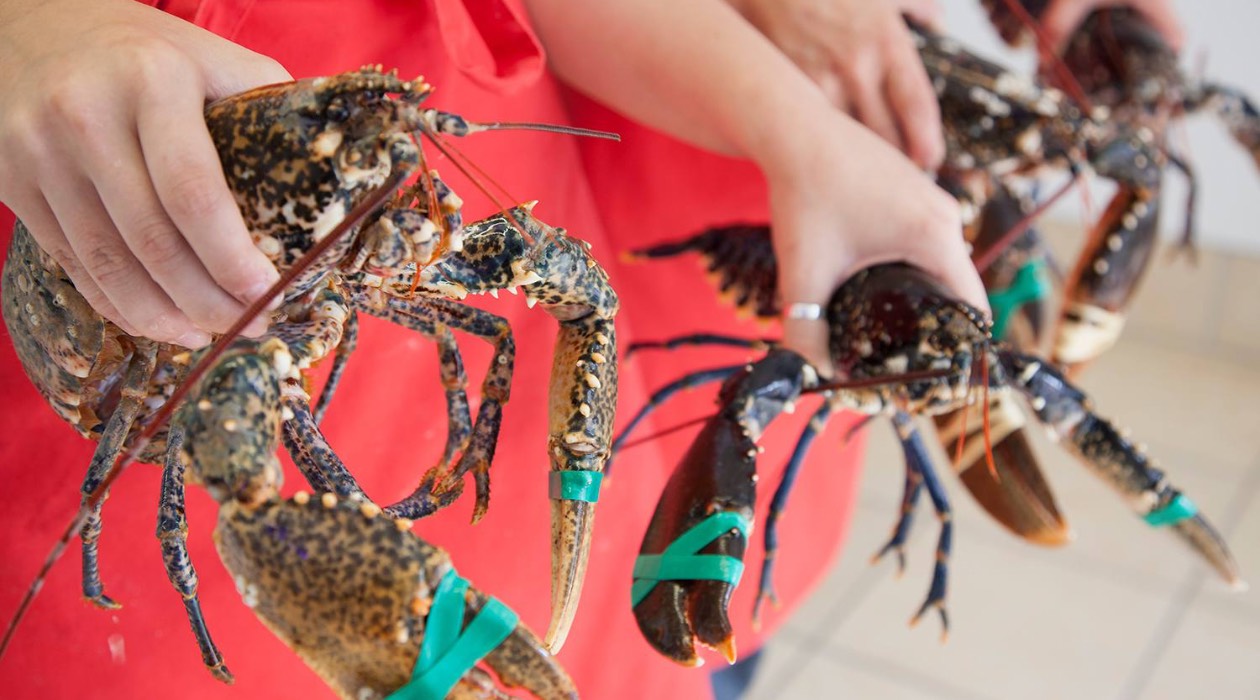

Articles
How To Store Live Lobster
Modified: August 17, 2024
Learn useful tips and tricks on how to properly store live lobster in this informative article. Ensure the freshness and quality of your seafood with our expert advice.
(Many of the links in this article redirect to a specific reviewed product. Your purchase of these products through affiliate links helps to generate commission for Storables.com, at no extra cost. Learn more)
Introduction
When it comes to enjoying the delicate and succulent taste of lobster, having access to live lobster can make all the difference. Whether you are planning a special seafood feast or simply want to indulge in a gourmet meal at home, knowing how to store live lobster properly is essential to preserve its freshness and flavor.
In this article, we will guide you through the process of storing live lobster, whether you choose to keep them in the refrigerator or freezer. We will also provide tips on selecting the best live lobster and handling them with care to ensure the best possible outcome.
So, let’s dive into the world of storing live lobster and discover the secrets to keeping these exquisite crustaceans in peak condition!
Key Takeaways:
- Choose lively, hard-shelled, and sustainably sourced lobsters for the best flavor. Keep them cool, rinse, and store in a spacious, moist environment before refrigerating or freezing.
- Handle live lobsters with care, using towels or gloves for protection. Refrigerate for short-term storage or freeze for longer preservation, ensuring optimal freshness and flavor.
Read more: How To Store Lobster Mushrooms
Choosing a Live Lobster
When it comes to selecting a live lobster, there are a few key factors to consider. These factors will help ensure that you choose a healthy and fresh lobster that will yield the best flavor when it comes time to enjoy your meal.
First and foremost, look for lobsters that are active and lively. A healthy lobster will have a lot of energy, moving its claws and tail rapidly. Avoid lobsters that are sluggish or appear weak, as this may indicate that they are not in the best condition.
Next, pay attention to the lobster’s shell. Look for a lobster with a hard, intact shell. Avoid lobsters with soft shells, as this indicates that they have recently molted and their meat may not be as firm or flavorful. Additionally, avoid lobsters with any visible damage or discoloration on their shell, as this could be a sign of an underlying health issue.
Size is another consideration when choosing a live lobster. While larger lobsters may seem impressive, keep in mind that smaller lobsters often have sweeter and more tender meat. Aim for a lobster that weighs between 1.5 and 2 pounds, as this is the ideal size for most recipes.
Lastly, consider the source of your lobster. If possible, choose lobsters that are sourced from reputable and sustainable seafood suppliers. This ensures that you are not only getting a high-quality product but also supporting environmentally responsible practices.
By considering these factors and selecting a live lobster that is vibrant, with a hard shell and the ideal size, you are setting yourself up for a truly delectable dining experience.
Preparing for Storage
Before you store live lobsters, it’s important to prepare them properly to ensure their well-being and maintain their freshness. Follow these steps to prepare your lobsters for storage:
- Keep the lobsters in a cool and moist environment until you’re ready to store them. Avoid exposing them to direct sunlight or extreme temperatures, as this can cause stress or even death.
- Check the bands on the lobster’s claws. If they are loose or damaged, replace them with fresh bands to prevent any accidents or injuries during storage.
- Give the lobsters a quick rinse under cold water to remove any debris or grit from their shells. This will ensure that they are clean and ready for storage.
- Place the lobsters on a tray or in a sturdy container, ensuring that they have enough space to move around without overcrowding. This will prevent them from getting damaged or injuring each other.
- Cover the lobsters with a damp towel or seaweed to provide them with a moist environment. This will help to maintain their hydration and prevent their shells from drying out.
By following these preparation steps, you are setting the stage for successful storage and ensuring that your lobsters remain healthy and fresh until you are ready to cook them.
Storing Live Lobster in the Refrigerator
If you plan to consume your live lobster within the next 24-48 hours, storing them in the refrigerator is the best option. Follow these steps to properly store live lobsters in the refrigerator:
- Prepare your lobsters as mentioned in the previous section.
- Place the lobsters in a container or tray lined with damp seaweed or a damp towel. This helps to maintain the lobsters’ moisture levels.
- Cover the container or tray with a damp cloth or plastic wrap to create a humid environment.
- Store the lobsters in the coldest part of your refrigerator, ideally between 32°F (0°C) and 40°F (4°C). Avoid placing the lobsters near foods with strong odors, as lobsters can absorb odors easily.
It’s important to note that live lobsters are highly perishable, and their quality and flavor can deteriorate quickly. Therefore, it’s recommended to cook them as soon as possible to enjoy them at their best.
Always remember to handle live lobsters with care when removing them from the refrigerator, as they may still be active and have sharp claws.
By following these guidelines, you can safely store your live lobsters in the refrigerator for a short period, while ensuring that they stay fresh and maintain their quality until you’re ready to cook and savor them.
When storing live lobster, keep them in a cool, moist environment, such as a refrigerator or cooler with damp newspaper or seaweed. Do not store them in fresh water as it will kill them.
Storing Live Lobster in the Freezer
If you have live lobsters that you won’t be able to consume within the next 24-48 hours, storing them in the freezer is a viable option to preserve their freshness for a longer period. Follow these steps to properly store live lobsters in the freezer:
- Prepare your lobsters as mentioned in the previous section.
- Place the lobsters in a freezer-safe container or bag. Ensure that the container is airtight to prevent freezer burn.
- Add a small amount of water to the container or bag to maintain the lobsters’ moisture levels. This prevents them from drying out while in the freezer.
- Seal the container or bag tightly, removing as much air as possible to prevent freezer burn.
- Label the container or bag with the date of freezing to keep track of their storage time.
- Place the container or bag in the coldest part of your freezer, ideally below 0°F (-18°C).
Frozen lobsters can be stored in the freezer for up to three months. However, the longer they are stored, the more the quality and flavor may diminish.
When you’re ready to cook the frozen lobsters, thaw them slowly in the refrigerator overnight. Avoid thawing them at room temperature to prevent bacterial growth. Once thawed, cook the lobsters following your preferred method.
It’s worth noting that while freezing can help preserve the lobsters, the texture of the meat may change slightly after being frozen. Therefore, fresh live lobsters are always recommended for the best flavor and texture.
By following these guidelines, you can store your live lobsters in the freezer and enjoy them at a later time while still maintaining their quality and deliciousness.
Read more: How To Store Fresh Lobster
Tips for Handling Live Lobster
Handling live lobster requires caution and proper technique to ensure the safety of both yourself and the lobster. Here are some important tips to keep in mind when handling live lobster:
- Always handle live lobsters with care and respect. Remember that they have sharp claws that can cause injury.
- When picking up a live lobster, hold it firmly by the tail. This will allow you to control the lobster and minimize the risk of getting pinched by their claws.
- Use a towel or gloves to provide added protection and grip when handling live lobsters. This can help prevent any accidental slips or injuries.
- If a lobster’s claws are not banded or securely fastened, exercise caution when handling them to avoid getting pinched.
- Avoid sudden movements or loud noises around live lobsters, as this can startle them and cause them to behave unpredictably.
- Never try to feed live lobsters, as they can become aggressive and may attempt to latch onto your hand.
- If you need to transport live lobsters, place them in a sturdy and well-ventilated container to ensure their safety during transit.
Remember, live lobsters are living creatures, so it’s important to handle them responsibly and with empathy.
By following these tips, you can safely handle live lobsters and minimize any potential risks or injuries while ensuring the well-being of the lobsters themselves.
Conclusion
Storing live lobster properly is crucial to maintain their freshness and flavor until you’re ready to indulge in a delectable seafood feast. Whether you choose to store them in the refrigerator or freezer, following the right steps will ensure that your live lobsters stay in optimal condition.
When choosing a live lobster, look for ones that are lively, have a hard shell, and come from a reputable source. This will guarantee the best quality and taste for your meal.
Before storing live lobsters, make sure to prepare them by keeping them cool, checking their bands, rinsing them, and providing a damp and spacious environment for them to stay hydrated.
If you plan to consume your live lobsters within 24-48 hours, refrigeration is the preferred method. Store them in a container lined with damp seaweed or towel, cover them, and place them in the coldest part of the refrigerator.
For longer storage, freezing is an option. Place the lobsters in a freezer-safe container or bag with a small amount of water, seal it tightly, and freeze them. Remember to label the packaging with the freezing date.
Handling live lobsters requires caution. Always hold them by the tail, consider using a towel or gloves for protection, and avoid sudden movements or loud noises that could startle them. Respect them as living creatures.
In conclusion, by following these guidelines for choosing, preparing, storing, and handling live lobsters, you can enjoy the unparalleled flavors and textures of these marvelous crustaceans whenever you desire. Treat yourself to a gourmet seafood experience right at home!
Frequently Asked Questions about How To Store Live Lobster
Was this page helpful?
At Storables.com, we guarantee accurate and reliable information. Our content, validated by Expert Board Contributors, is crafted following stringent Editorial Policies. We're committed to providing you with well-researched, expert-backed insights for all your informational needs.
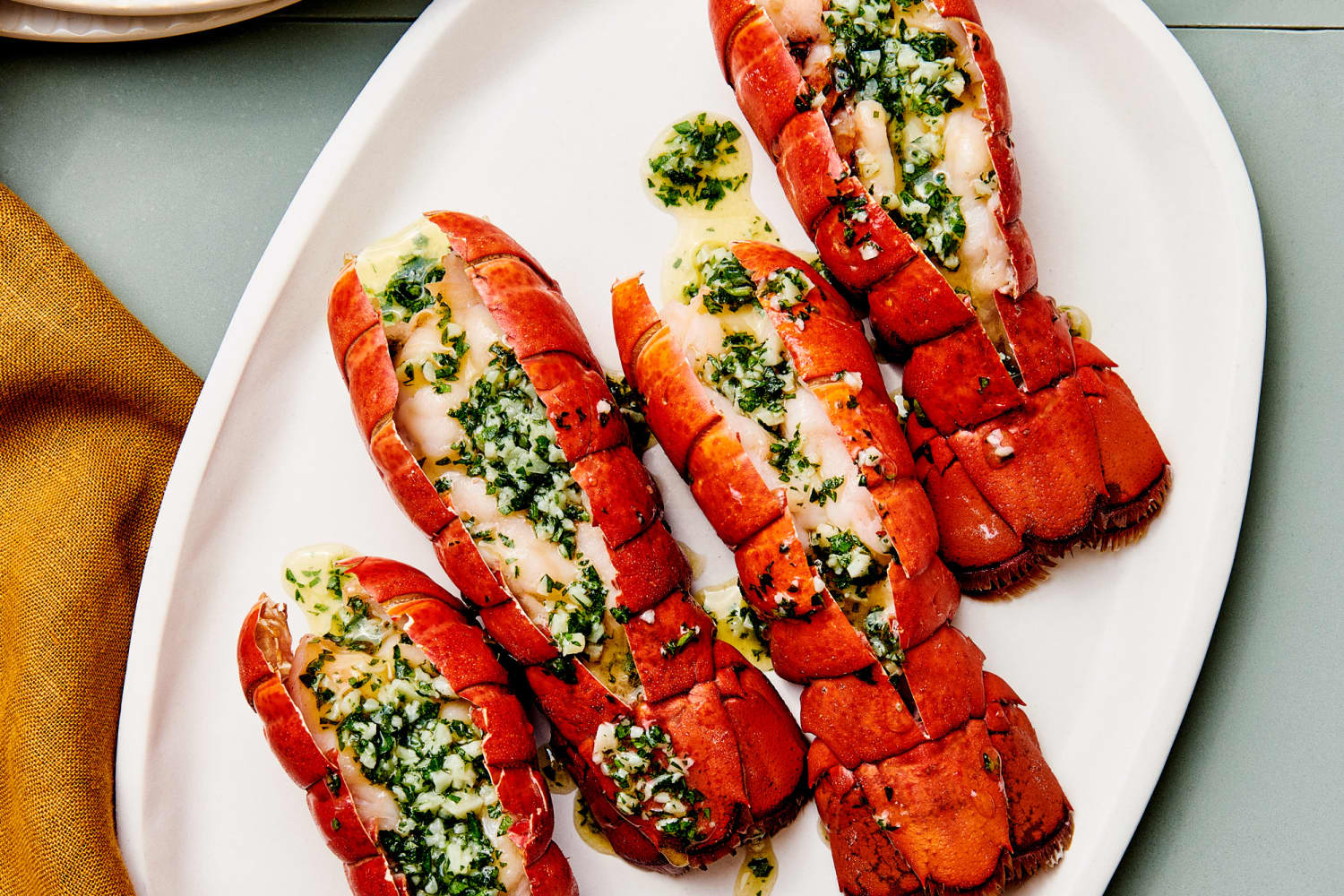
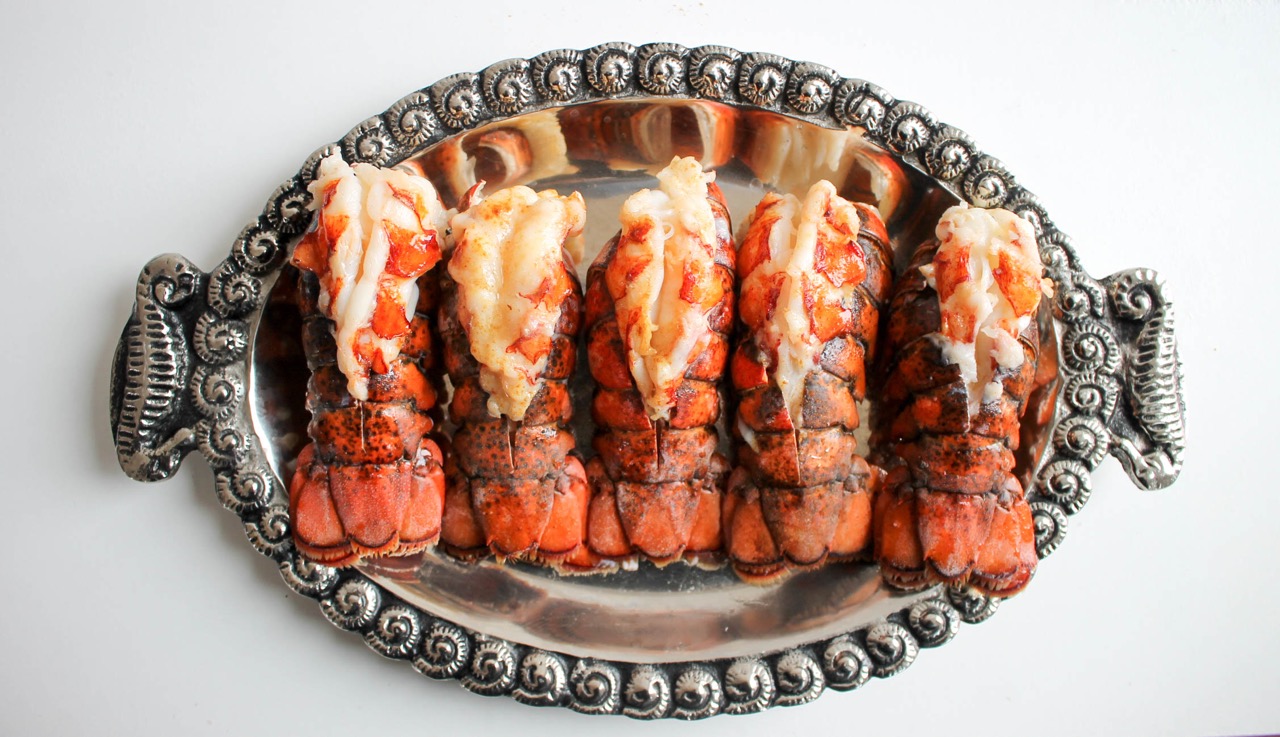
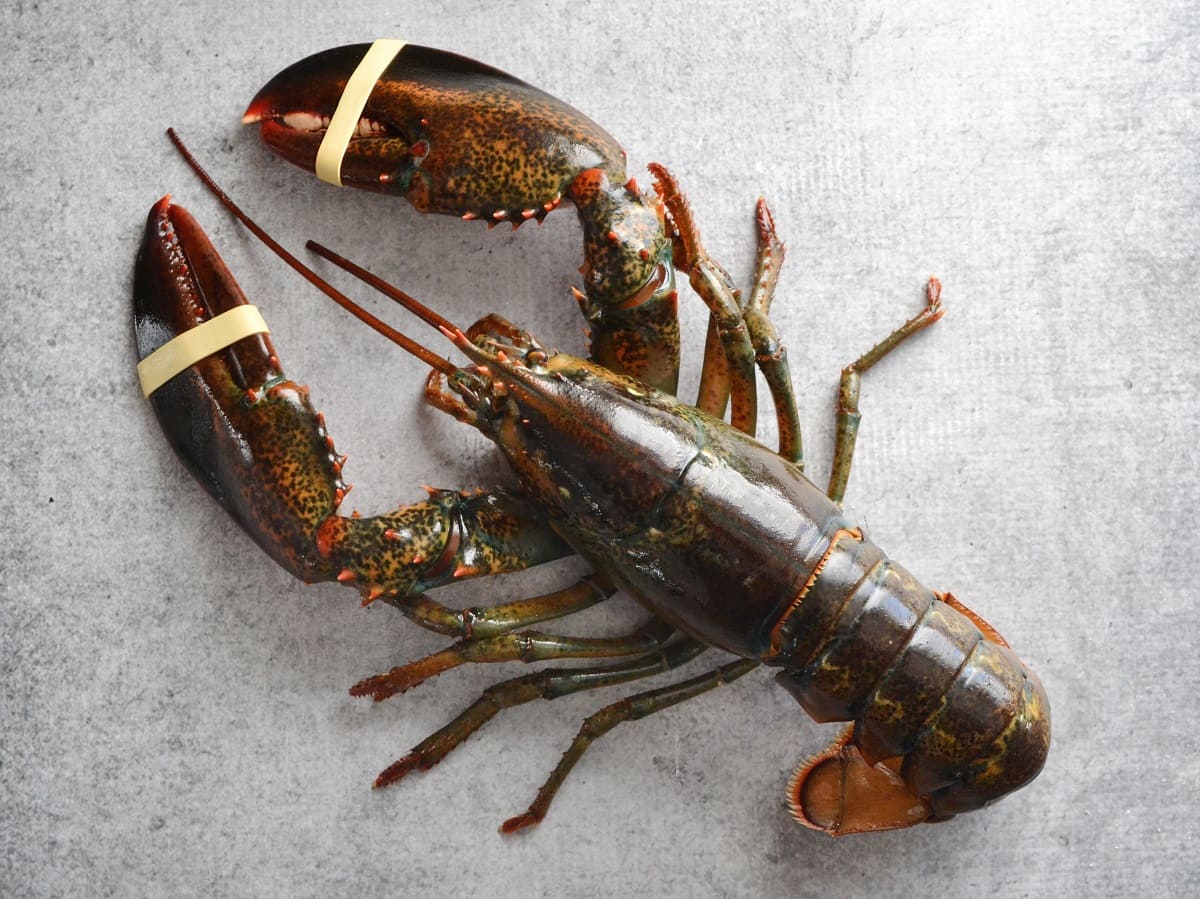

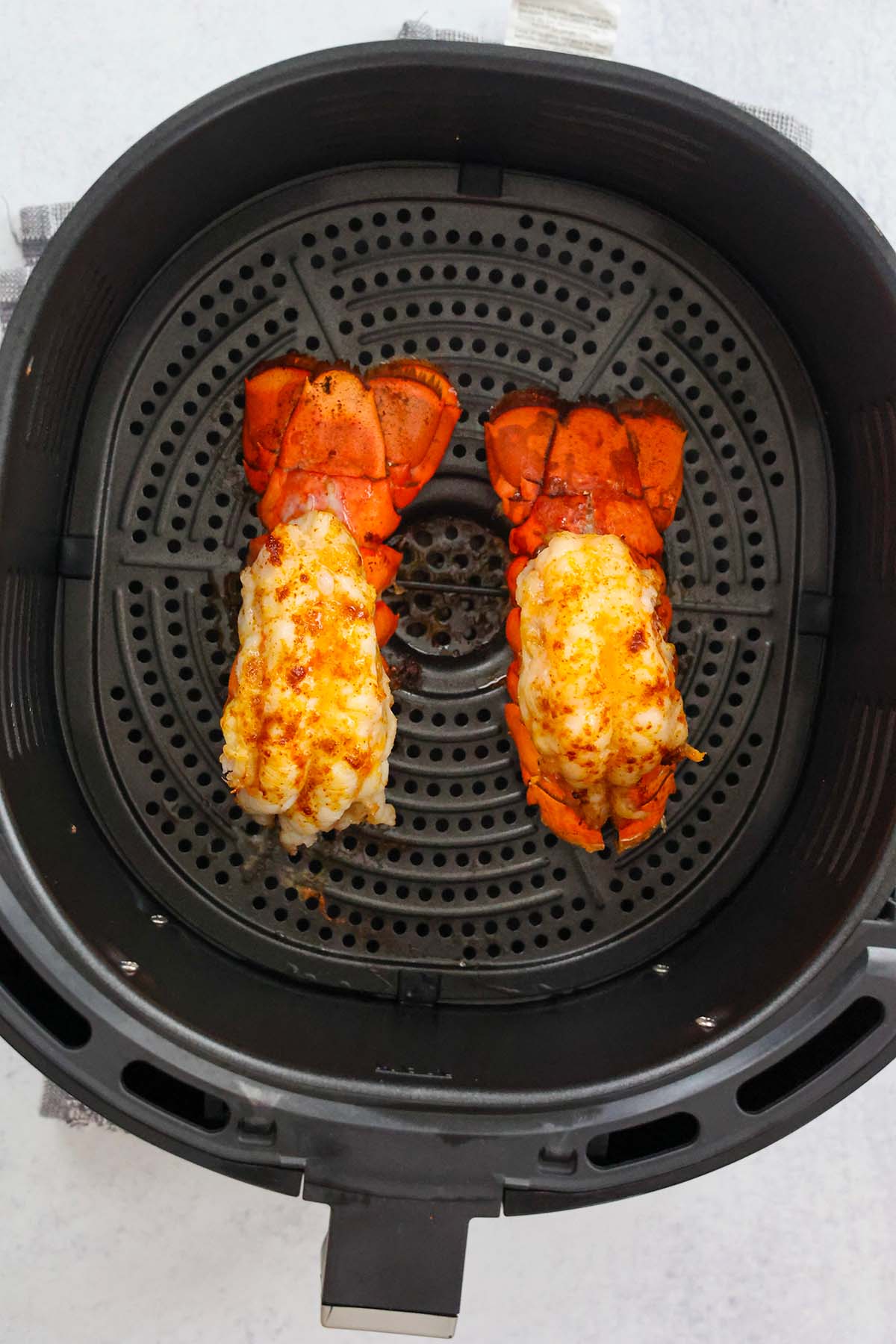
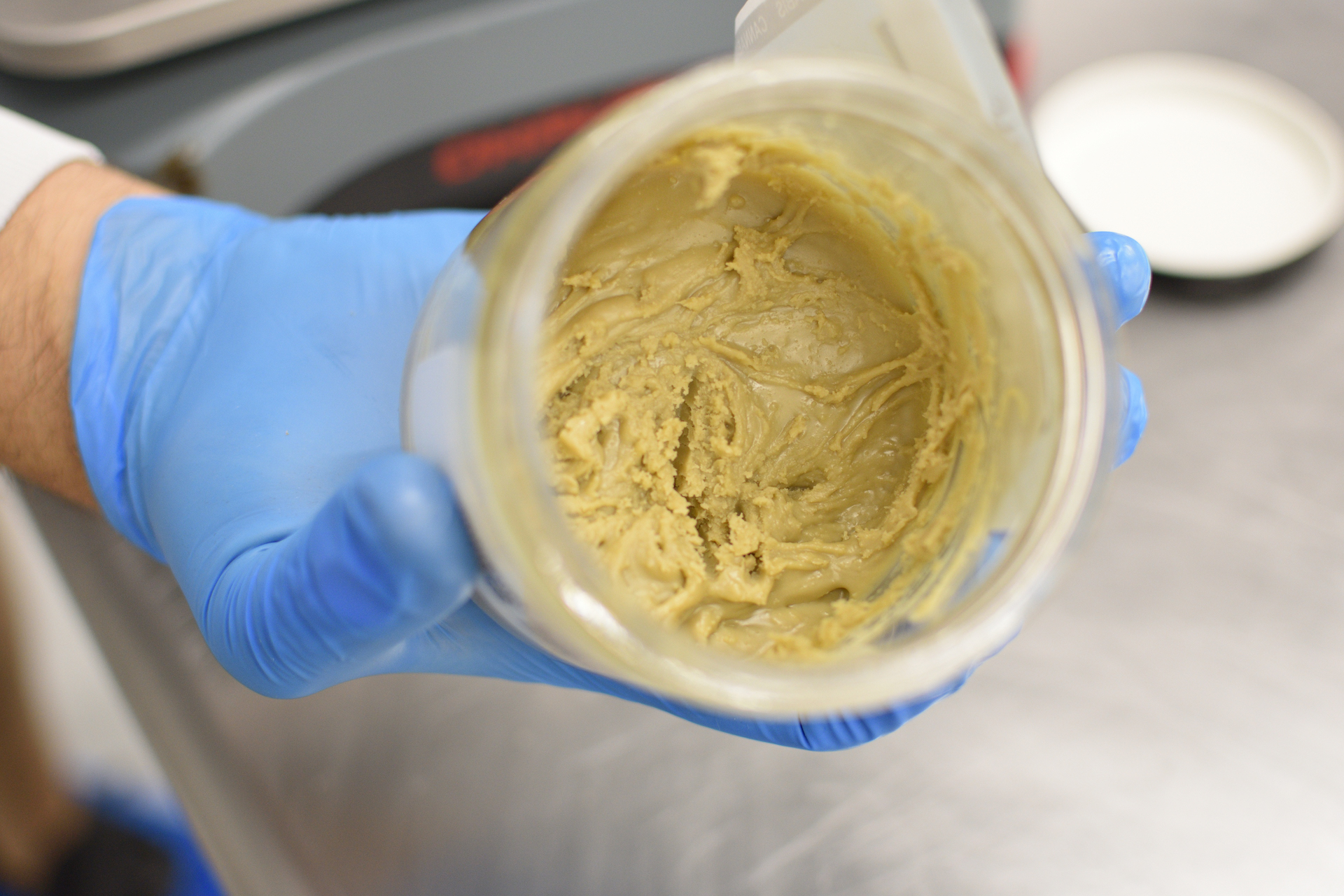

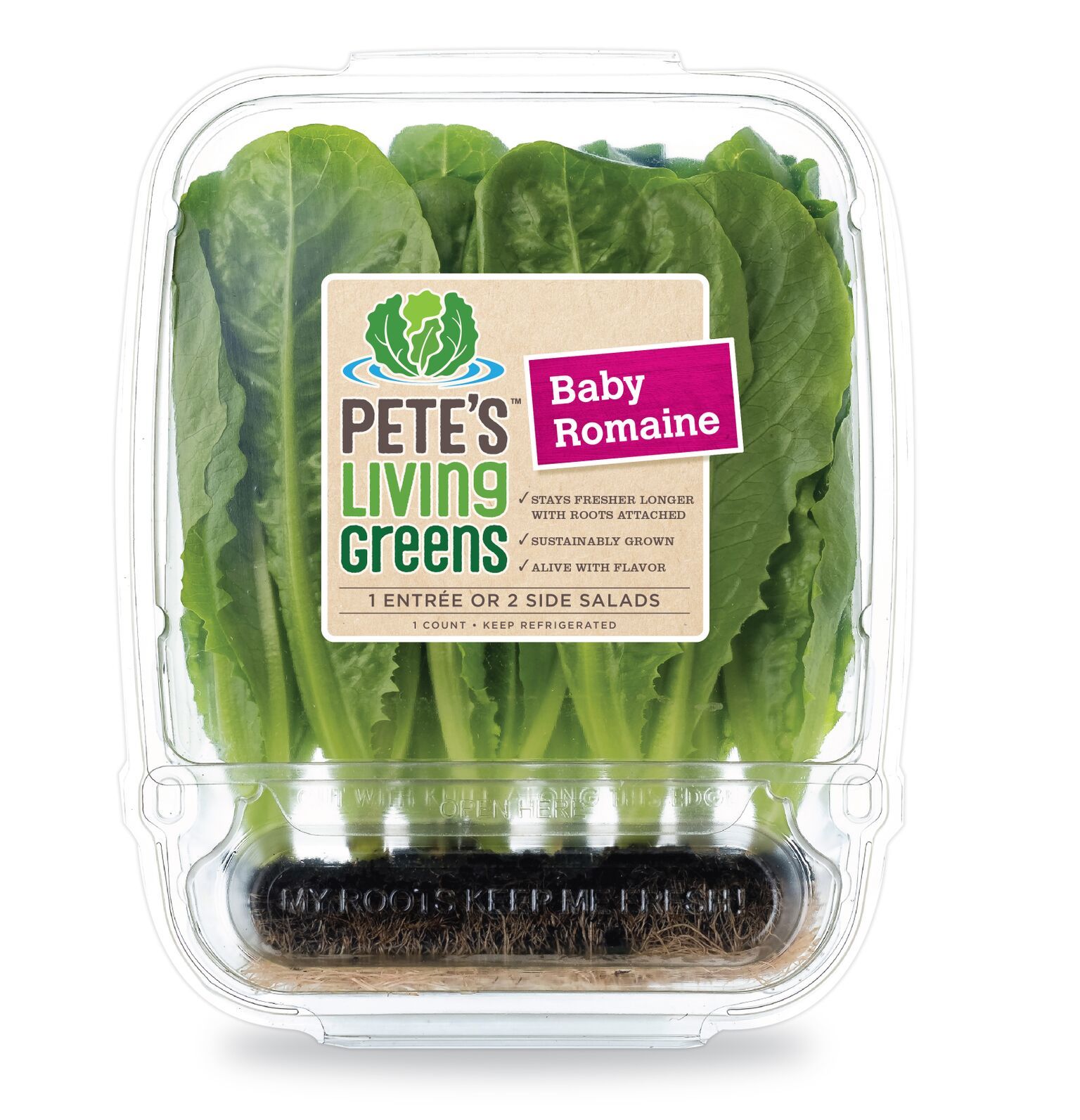
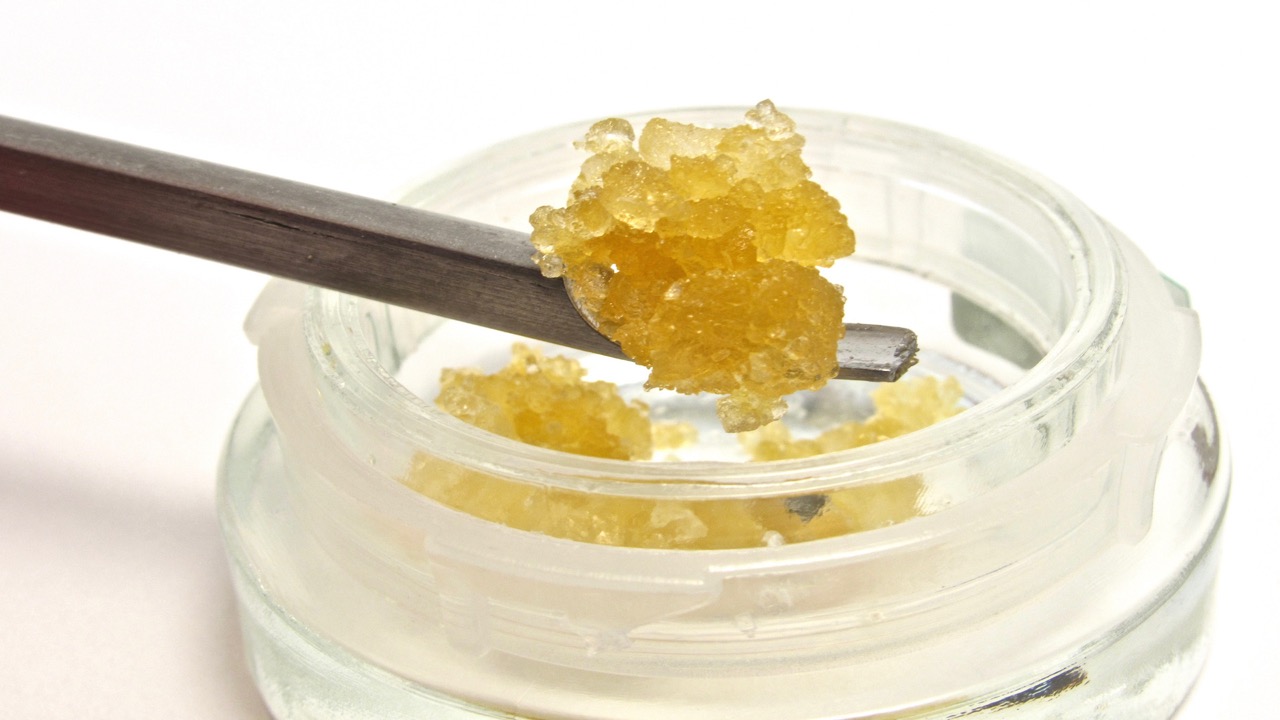
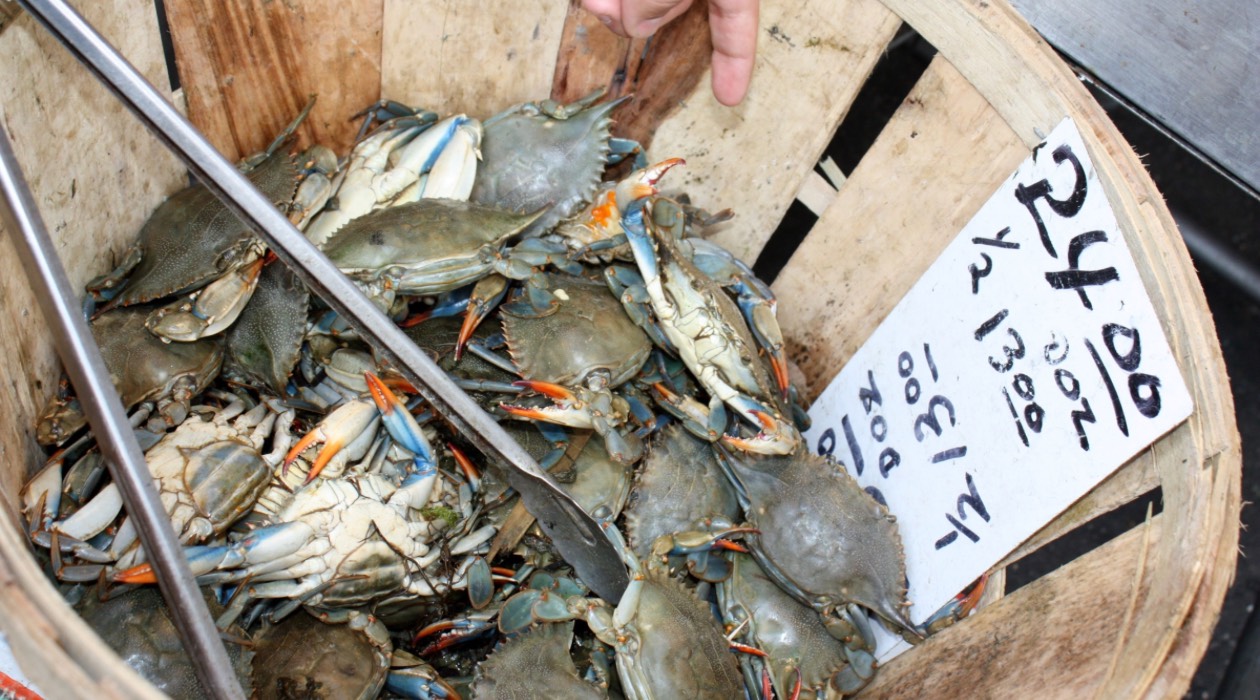
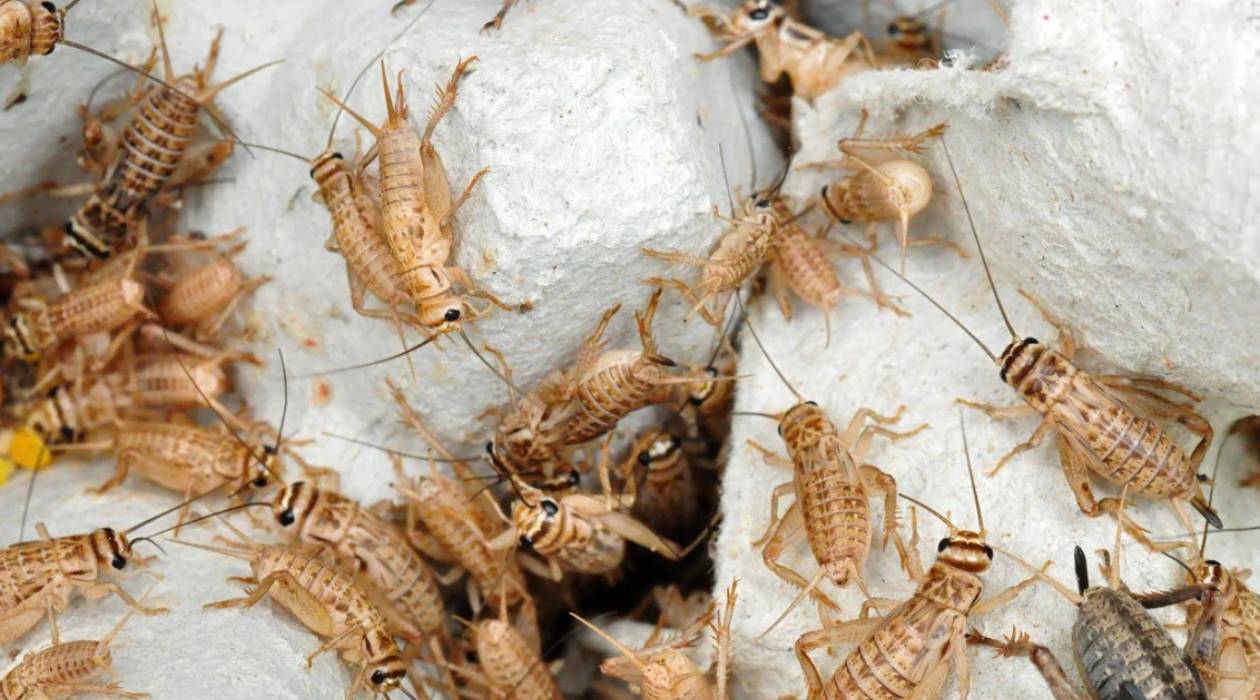
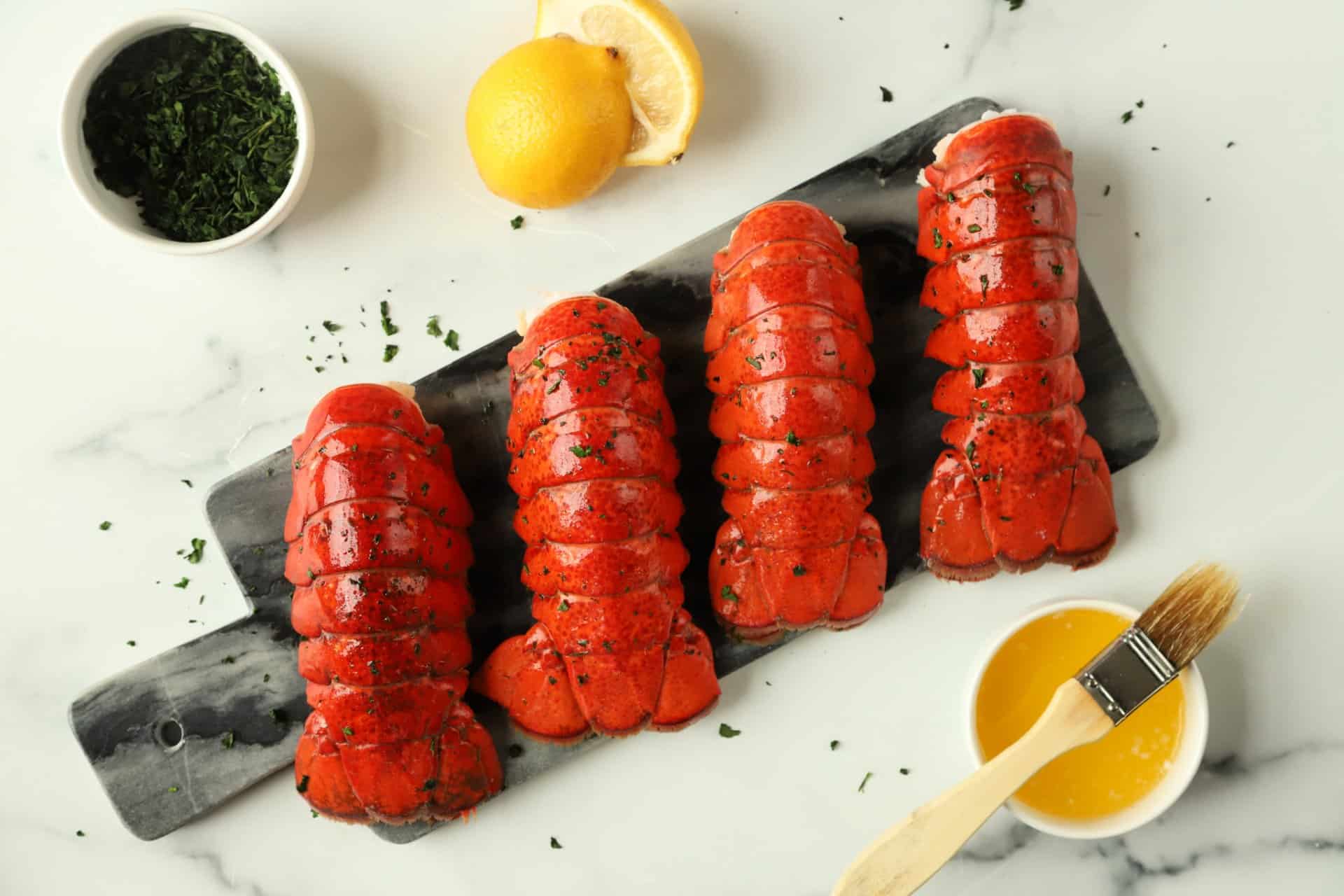



0 thoughts on “How To Store Live Lobster”